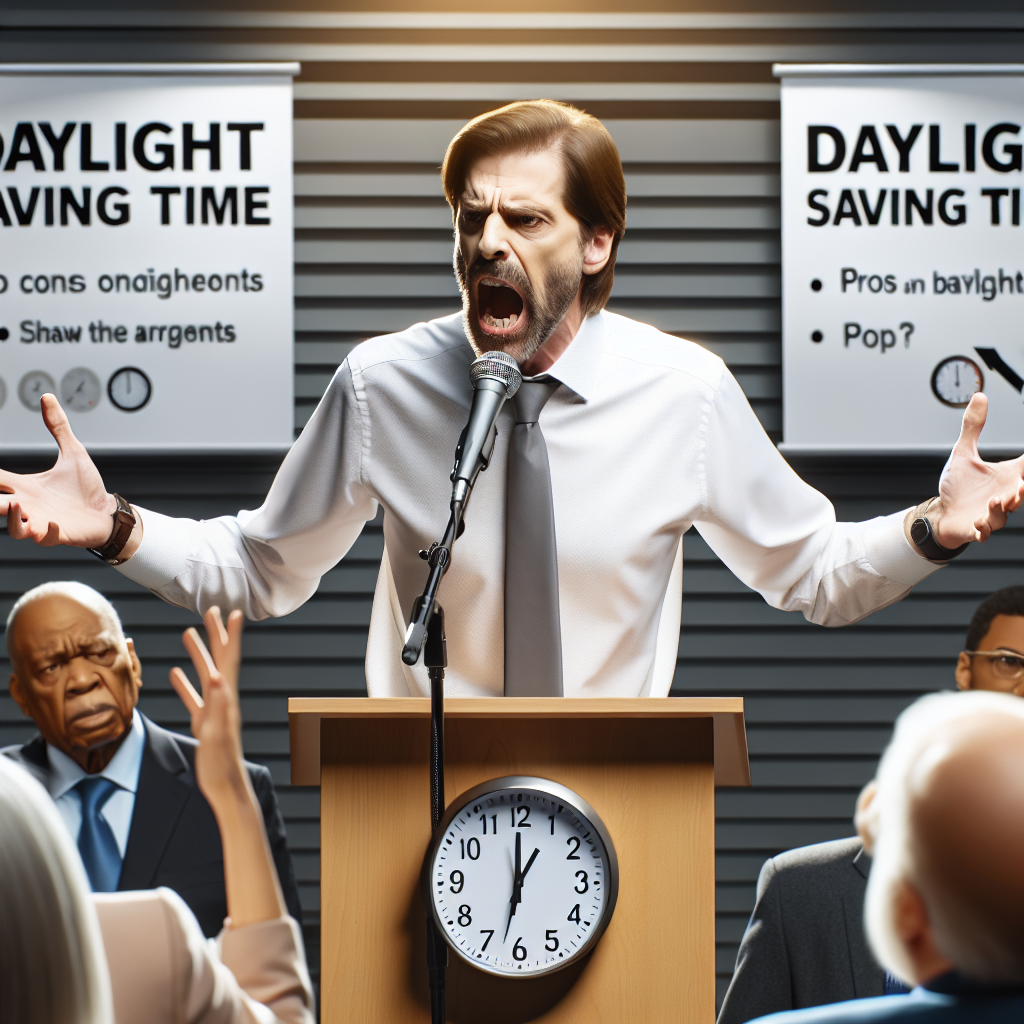Trump Advocates for Ending Daylight Saving Time: What It Means
Trump Advocates for Ending Daylight Saving Time: What It Means
Introduction
Former President Donald Trump has recently voiced his support for abolishing Daylight Saving Time (DST) in the United States. This proposal has sparked discussions across the nation, with various stakeholders weighing in on the potential impacts of such a change.
Key Points of Trump’s Proposal
- Health Benefits: Trump argues that ending DST could lead to improved public health by reducing sleep disruption and related health issues.
- Economic Impact: The proposal suggests potential economic benefits, including increased productivity and reduced energy consumption.
- Public Opinion: There is a growing public sentiment in favor of eliminating the biannual clock changes, which many find inconvenient and outdated.
Potential Implications
Ending Daylight Saving Time could have wide-ranging effects on various aspects of American life. Here are some potential implications:
- Business Operations: Companies may need to adjust their schedules and operations to align with a new standard time.
- Transportation and Travel: Changes in timekeeping could affect flight schedules, public transportation, and international travel coordination.
- Legislative Process: Implementing this change would require legislative action at both state and federal levels, potentially leading to a complex and lengthy process.
Public and Political Reactions
The proposal has elicited mixed reactions from the public and political figures. While some support the idea for its potential benefits, others are concerned about the challenges of transitioning to a new time system.
Conclusion
Trump’s advocacy for ending Daylight Saving Time has reignited a national debate on the relevance and impact of this century-old practice. While the proposal promises potential health and economic benefits, it also presents logistical challenges that would need careful consideration and planning. As discussions continue, the future of Daylight Saving Time in the U.S. remains uncertain.








































